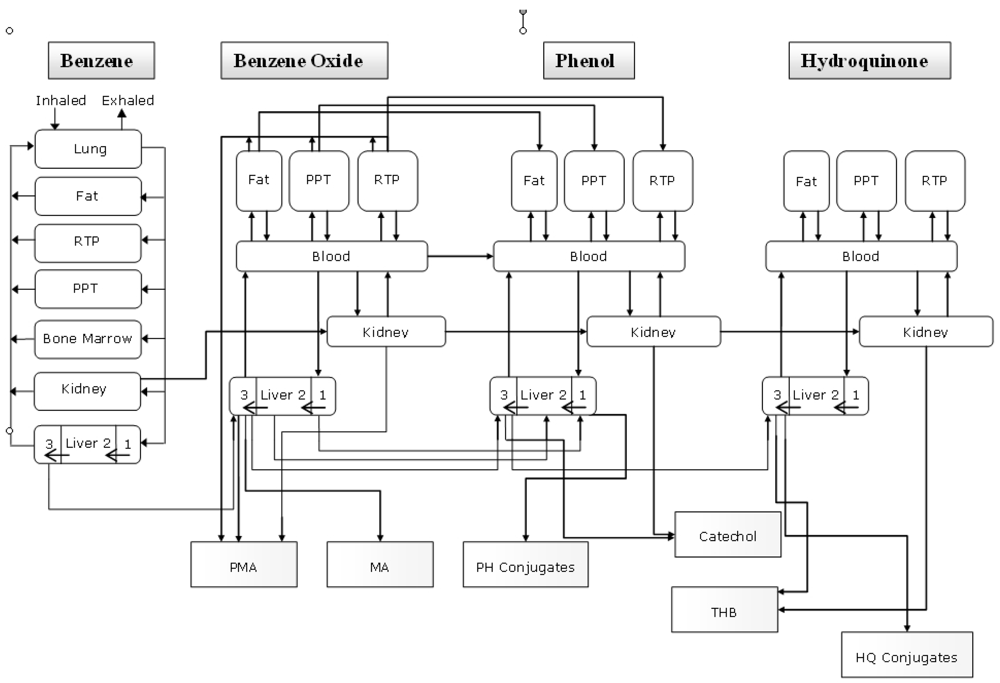Bayesian Exposure Assessment Toolkit

Ann Occup Hyg. 2014 Jun;58(5):551-65. Doi: 10.1093/annhyg/meu017. Epub 2014 Mar 24. Advanced REACH Tool: a Bayesian model for occupational exposure assessment. Report had also previously completed research on the. Inhalation exposure assessment. CONSEXPO) and Bayesian Exposure Assessment Toolkit. Bayesian Exposure Assessment Toolkit 98. An Error Occurred Setting Your User Cookie. This site uses cookies to improve performance. If your browser does not accept. Development (BEAT (Bayesian Exposure Assessment Toolkit) model). Technical Notes for Guidance to the extent relevant. This underlines that the present.
Abstract This paper describes a Bayesian model for the assessment of inhalation exposures in an occupational setting; the methodology underpins a freely available web-based application for exposure assessment, the Advanced REACH Tool (ART). The ART is a higher tier exposure tool that combines disparate sources of information within a Bayesian statistical framework. The information is obtained from expert knowledge expressed in a calibrated mechanistic model of exposure assessment, data on inter- and intra-individual variability in exposures from the literature, and context-specific exposure measurements. The ART provides central estimates and credible intervals for different percentiles of the exposure distribution, for full-shift and long-term average exposures.
Hamster Heroes Setup. The ART can produce exposure estimates in the absence of measurements, but the precision of the estimates improves as more data become available. The methodology presented in this paper is able to utilize partially analogous data, a novel approach designed to make efficient use of a sparsely populated measurement database although some additional research is still required before practical implementation. The methodology is demonstrated using two worked examples: an exposure to copper pyrithione in the spraying of antifouling paints and an exposure to ethyl acetate in shoe repair. , INTRODUCTION Legislation on the Registration, Evaluation, Authorization and Restriction of Chemicals (REACH) entered into force within the member states of the European Union (EU) on 1 June 2007. The legislation makes industry responsible for assessing and managing the risk posed by chemicals.
Under the REACH legislation, it is mandatory for any company manufacturing or importing chemicals to complete a chemical risk assessment for each chemical they handle, for substances produced or imported in quantities of 1 tonne or more per year per company. Whilst nominally the REACH legislation affects only the member states of the EU, in reality, due to global supply, the legislation has a global impact. Due to the very large number of chemicals covered by the regulations, phased deadlines for registration have been introduced with the recent deadline of 31 May 2013 addressing chemicals used in volumes of between 100 and 1000 tonnes. Exposure assessments are critical to the risk assessment process. Many thousands of exposure scenarios need to be assessed under the REACH legislation. In comparison, exposure measurements are available for only a small fraction of exposure scenarios. It is clear that industry will be unable to comply with REACH without a significant input from exposure modelling ().
In order to decrease the burden on industry, a tiered approach to risk assessment has been proposed. Tier one approaches cover broad exposure scenarios and progressively more complex and specific exposure assessments are performed for substances where there is an overlap between the typically wide and conservative exposure ranges obtained from tier approaches and measures of the potential hazard of a substance, quantified by a metric such as a derived no-effect level. A number of generic screening tools are available for assessing occupational inhalation exposures ().